54 F. high temperature at St. Cloud Thursday.
61 F. average high on April 23.
47 F. high on April 23, 2014.
April 23, 1990: A record of 88 degrees is set at Redwood Falls
Sputtering Spring
Oh
stop your whining. Yes, you. I know it's buried somewhere in the
Constitution - or maybe the Bill of Rights? I should have paid attention
in history class. Yes, it's our God-given right to honk, bellow and bray
about the vicissitudes of the weather. It's just all SO unfair!
A
dollop of perspective is in order. April 2015 is still running 3.5F
warmer than average, to date. We've picked up .3 inches of snow this month. That
compares to 7 inches in April, 2014, and a whopping 21.8 inches of snowy
fun in April, 1983. That was my first full month living at MSP. I
remember wondering what parallel universe I had tumbled into.
So
it hasn't been that rough a spring, all things considered. Moisture has
been sparse though, lake water levels are down; all but far southeast
Minnesota is in moderate drought. A 3-day soaking qualifies as "good
weather" this year.
NOAA's NAM model prints out .76 inches of rain
Friday night but I think that may be generous; once again the brunt of
the rain is forecast to pinwheeling south of Minnesota. Long-range ECMWF
guidance shows a string of 70s next week, even a shot at 80F. It will
feel like spring again next week.
In today's blog: dual
polarization Doppler at 152 National Weather Service sites is so
sensitive it can see the "debris ball" of a tornado on the ground. That
should mean fewer false alarms.
Moderate Drought.
All but far southeastern Minnesota is now in an extended (deepening)
drought, as the biggest, wettest storms continue to track south of
Minnesota. I'm still hoping for a shift in the pattern, one that brings a
parade of sloppy storms into the Upper Midwest. That could still happen
but it's not imminent.
* the latest U.S. Drought Monitor for Minnesota is
here.
Late Evening Tornado Outbreak? AerisWeather's
TPI, Tornado Potential Index, shows an enhanced risk of tornadic
supercell thunderstorms from Dallas to Tulsa and Wichita. There's a good
chance SPC may upgrade the enhanced risk to moderate risk, which is a
tripwire of sorts, suggesting at least a few large, long-track and
damaging tornadoes.
Late April Sledding. NASA's high-resolution
MODIS satellite imagery
shows snow on the ground over the Minnesota Arrowhead and BWCA;
significant snow for much of Ontario. You can clearly make out the
lake-effect streaks of snow, especially downwind of Lake Superior.
A Long, Cool Drink?
NOAA model guidance shows some .50"+ rainfall amounts setting up north
of St. Cloud and south of the Twin Cities and Eau Claire, the heaviest
amounts of rain reaching Iowa and Illinois where some 1-3" rains may
trigger flash flooding. Source: AerisWeather Enterprise.
Warming Trend.
Today looks cool and damp and Saturday won't win any awards for beauty
and splendor. But things start to go right again Sunday, with a streak
of 60s and 70s next week; 80F not entirely out of the question by the
end of next week. Source: Weatherspark.
First 80s of 2015.
Models are in fairly tight agreement, showing a steady warming trend
into late April and the first week of May. A few models shows highs near
80F from April 30 to about May 3. Source: AerisWeather Enterprise.
How Warm Weather Influences our Mood.
Yes, warm fronts can be good for your state of mind. There's even
science to back up (the obvious!) Here's an excerpt of a good summary at
Huffington Post: "...
The
gold standard on this subject is a 2004 University of Michigan study
that found people who spent at least 30 minutes outside in pleasant
weather -- either by taking a trip to warmer climates in the winter
months or by taking advantage of a newly warm spring day in the park -- had happier moods. And in corroborating research, a 2014 UM study found that being outside could lead to a better mindset and reduced stress..."
What If April 9th Tornado Had Taken A Different Path?
Large cities have been particularly lucky when it comes to direct
strikes from major tornadoes. So argues the author of this good post at
Northern Illinois University Newsroom: "...
And
had it been closer to Chicago, the number of homes and people affected
would have been immense. People have a false sense that tornadoes only
happen in rural settings, but nothing could be further from truth,” he
added. As evidence, he points to Minneapolis, Atlanta, Springfield,
Mass., Huntsville, Ala. and Raleigh, N.C. Just within the last decade,
tornadoes have struck downtown areas in those cities. In Illinois, the 1967 Oak Lawn tornado and the 1990 Plainfield tornado are reminders that the Chicago metropolitan region is not immune to tornado threats..."
Photo courtesy NIU meteorology professor Walker Ashley.
Radar Upgrade Has "Changed The Way We Do Business" At Weather Service.
Al.com
has an interesting article focusing on the advantages of
dual-polarization Doppler radar, and for the first time, the ability to
see debris lofted into the air by large tornadoes. Here's an excerpt:
"...
Dual-pol radar can help meteorologists better identify when a
tornado has touched down. It's even more useful at night, when storm
spotting becomes next to impossible. "It can tell us when a tornado is
on the ground and that debris is being cast high into the air," said
Jeffrey Medlin, the meteorologist in charge at the National Weather
Service office in Mobile. "We have several different data sets we can
look at within the dual pol and see that..."
Image credit above: "
Dual-polarization
radar enables meteorologists to see when a tornado is on the ground and
debris is being thrown into the air. It's working much better than many
anticipated." (National Weather Service).
100-Year Hurricane Could Cost $250 Billion If It Hit Miami. At some point our luck will run out. If not Miami, Tampa, Houston, New York or Boston. Here's the intro to a story at
Miami New Times: "
Hurricane season 2015 starts in just a few weeks and so far, most experts are forecasting another sleepy storm period in the Atlantic.
But another study out this week makes it clear that it would only take
one monster 'cane to wreak an insane amount of damage in booming South
Florida. A new study released by the disaster modeling experts at the Karen Clark Company estimates
that if a major hurricane, with a 1-in-100 chance of occurring in a
given year, were to hit downtown Miami the losses would eclipse more
than $250 billion in damage..."
Where People Go To Check The Weather.
Young people, millenials specifically, aren't consuming weather
information the way their parents do. It's all about mobility. Here's an
excerpt of an interesting read at
FiveThirtyEight: "...
Because
I’m 24, I either don’t bother checking the weather or just use the
default app on my phone. I assumed everyone else was like me in this
regard. I was wrong. I couldn’t find data on this, so I asked SurveyMonkey Audience
to run a simple survey. It ran April 6-10 and had 938 respondents. It
asked two main questions: How do you check the weather? And, do you
check a weather report every day?..."
Mission Possible.
Can a 64-year-old guy with heart disease, emphysema (COPD), and missing
half a lung, succeed at twelve of the most iconic climbs in America? "
Phil
Huston climbed mountains, rock cliffs and ice walls in 5 countries. He
climbed Mount Rainier 12 times; the last ascent just 3 months after
losing half of his lung to cancer. “The Climb for Clear Lungs Adventure”
proves that even the worst health crises can be overcome. Let’s show
how strong older athletes really are! 35 days. 12 climbs. 7
destinations. 18,000 vertical feet. Goal: Promoting screening for
millions with undiagnosed lung diseases."
Clear Lungs Adventure: Sunday, 4/26 at 3:30, Room 104 Hanson Hall, University of MN, West Bank.
*
If you've smoked at least 100 cigarettes over the course of your life
you are at increased risk of COPD. Phil is a dear friend of mine (we
worked together at WLOL-FM). He isn't letting COPD slow him down, but
his mission is to raise awareness among the general population. Many
people have COPD and they don't even realize it yet. Take the
screening test from the COPD Foundation; it takes a minute or two.
It's Not The 1% Controlling Politics. It's The 0.01 Percent. Corporations are people, and my dog, Leo, is a space alien. God help us. Here's a clip from a story at
Mother Jones: "...
In other words, about 125 Americans*
control more than 40 percent of election contributions. Notably,
between 2010 and 2012, the total share of giving by these donors jumped
more than 10 percentage points. That shift is likely the direct result
of the Supreme Court's 2010 Citizens United ruling, which struck down
decades of fundraising limits and kicked off the super-PAC era. And this
data only includes publicly disclosed donations, not dark money, which
almost certainly means that the megadonors' actual share of total
political spending is even higher..."
Italian Company Hopes To Market Synthetic Eyeballs. The bionic man may not be that far off, after all. Here's an excerpt of a fascinatingly creepy post at
Gizmag: "
Imagine
being able to see in black and white or with an Instagram-like filter,
or to have what you see through your eyes transmitted wirelessly, simply
by swallowing a pill. Or imagine having vision so sharp and accurate
that your visual acuity is on par with the most sight-adept people in
the world. Italian research studio Mhox hopes to one day make this a
reality with its EYE concept, which would offer 3D bioprinted eyes that
replace your existing eyeballs..."
TODAY: Mostly cloudy. Rain develops. Winds: SE 15 High: near 50
FRIDAY NIGHT: Periods of rain, chilly. Low: 40
SATURDAY: Mostly cloudy, cool breeze lingers. High: 51
SUNDAY: Partly sunny, hints of spring. Wake-up: 36. High: near 60
MONDAY: Intervals of sun, warming up. Wake-up: 42. High: 68
TUESDAY: Some sun, risk of a T-shower. Wake-up: 45. High: 65
WEDNESDAY: Mild sunshine. No complaints. Wake-up: 47. High: 73
THURSDAY: Blue sky. Feeling feverish again. Wake-up: 49. High: 76
Climate Stories...
What Do Volcanic Eruptions Mean For The Climate? Carbon Brief does a good job summarizing the potential impact of the new volcano roaring to life in Chile; here's an excerpt: "...
Volcanic eruptions can affect climate in two main ways.
First, they release the greenhouse gas carbon dioxide, contributing to
warming of the atmosphere. But the effect is very small. Emissions from
volcanoes since 1750 are thought to be at
least 100 times smaller than those from fossil fuel burning. Second,
sulphur dioxide contained in the ash cloud can produce a cooling effect,
explains Prof Jim McQuaid, professor of atmospheric composition at the University of Leeds..."
Photo credit above:
Calbuco volcano eruption. Credit: Philip Oyarzo Calisto
Changes in Water Vapor and Clouds are Amplifying Global Warming. The Guardian has the story - here's a snippet: "...
If
the cooling effect gets smaller, it means the Earth will warm more than
expected. If the cooling effect of clouds gets bigger, it means the
Earth will warm less than expected.
What the present paper shows is
that future changes to clouds will cause slightly more warming.
Scientists describe clouds as a “positive feedback” on global warming.
This finding is consistent with the work of Dr. Andrew Dessler. He had published work here and here showing changes in clouds are making the Earth warm more than otherwise expected..."
Conservatives Don't Think Global Warming Will Happen In Their Lifetimes.
Not all conservatives, but a significant percentage. Which is ironic,
because it's happening now - we're already observing symptoms. And
conservatives in Europe and even China are now acknowledging the trends.
Here's the intro to a story at
Politico: "
Everyone except conservative Republicans seems to agree that global warming will happen in their lifetime, according to a new Gallup survey
released Wednesday, just in time for Earth Day. Fewer than four in 10
self-identified conservative Republicans — 37 percent — think that
global warming will occur in their lifetime, while 19 percent believe it
will affect future generations..."
It's Time To Begin Bracing For Effects of Climate Change.
The Register-Guard in Eugene, Oregon has the Op-Ed; here's an excerpt that caught my eye: "...
However,
in what might turn out to be a mistake of epic proportions, there have
been no efforts to teach the skills that people and groups will need to
cope psychologically, emotionally and spiritually with the increased
frequency and intensity of extreme weather events and the toxic stress
associated with climate disruption. Research has linked climate impacts
with debilitating anxiety, depression, moral distress, compassion
fatigue and post-traumatic stress disorder. Mounting psychosocial
troubles have been identified, including interpersonal aggression,
extremism, crime and violence. The Pentagon has connected climate
disruption to more terrorism and war..."
Obama In Everglades: Threats from Climate Change "Can't Be Edited Out" of Conversation. Here's a snippet from a
Miami Herald story: "...
Obama
also took a jab at Republican Gov. Rick Scott, who prohibited state
staff from using the term “climate change,” according to several former
employees and academics. Scott has said no such ban exists. “Climate
change can no longer be denied. It can’t be edited out. It can’t be
omitted from the conversation,” Obama said, without naming the governor..."


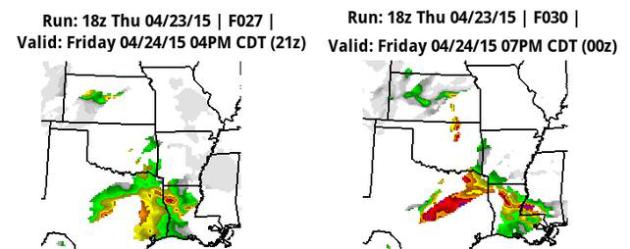
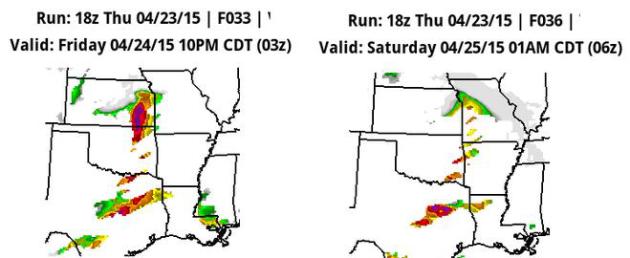


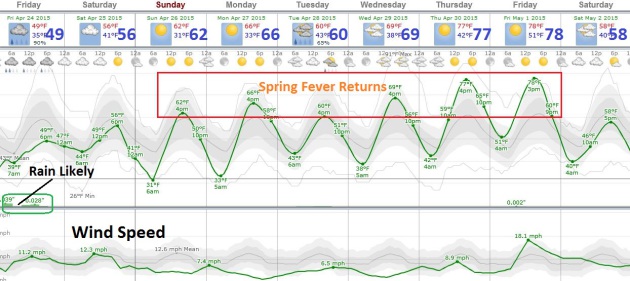

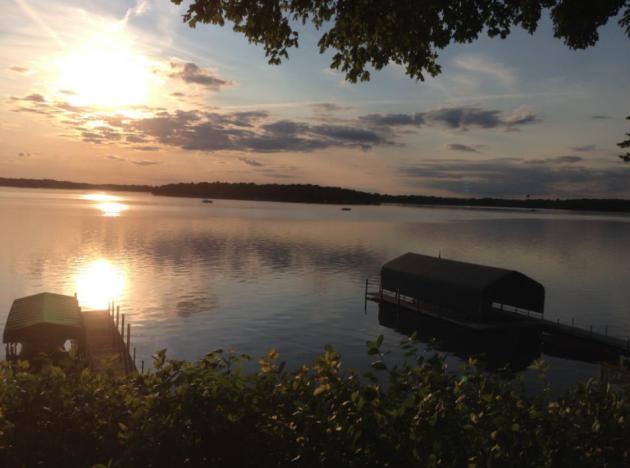
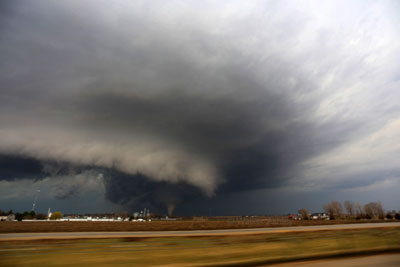
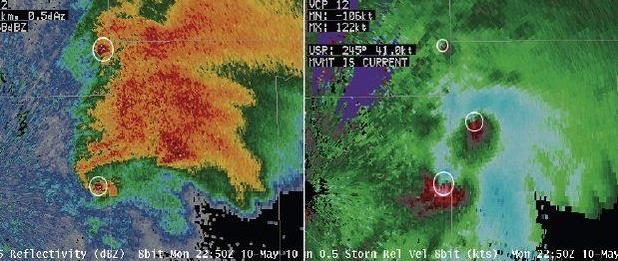

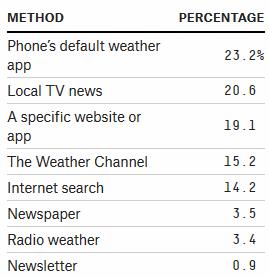




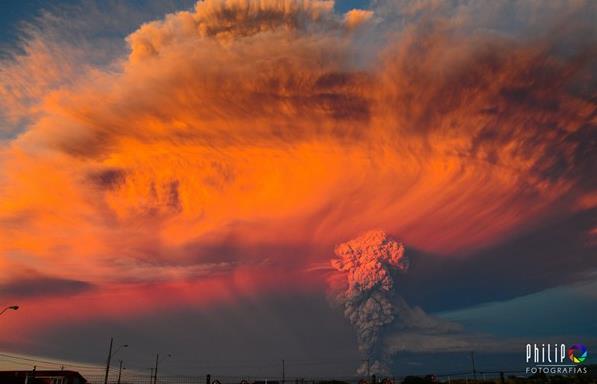

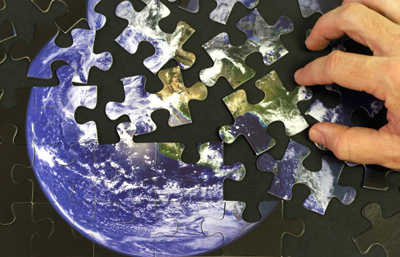


No comments:
Post a Comment